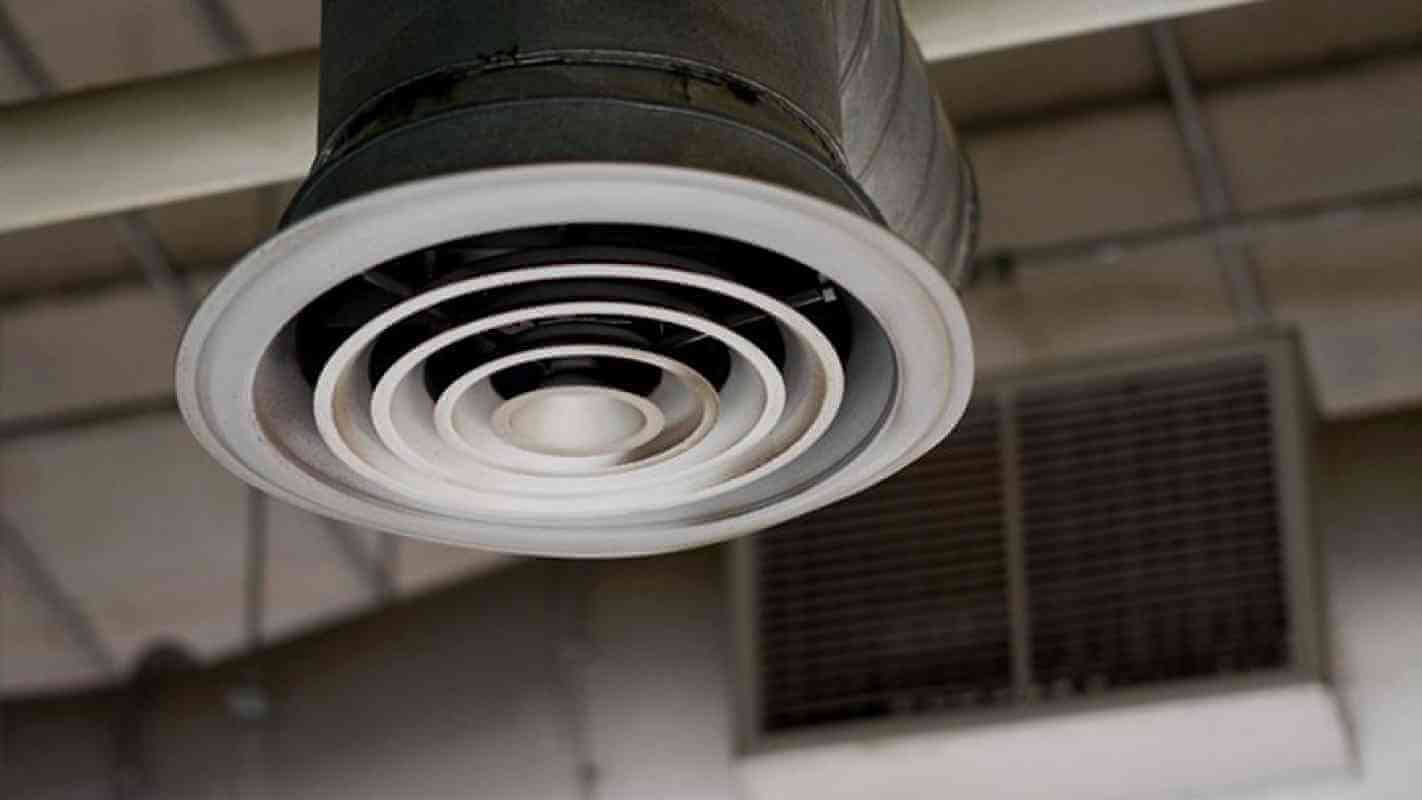PurificationCOVID-19 has forced many of us to stay in our homes. For those of us who are out in the working world, high temperatures may be forcing us to stay in our air conditioned office buildings. The need to shelter in place may be putting us at greater risk of catching the virus.
Recycled Air
Our air conditioning units recycle air from the cooler interiors of our homes and businesses, rather than bringing it in from outside. This can be risky as air conditioning currents can move large airborne particles around the space. The situation is referred to as rebreathed air fraction; that is, we are all breathing air that has been in the lungs of others when the air conditioning is running.
Higher Concentrations
More people are inside for longer stretches of time when the temperatures are elevated. For example, while you may step out for lunch on a nice day, if it's oppressively hot you might have lunch delivered and stay in. Not only are greater concentrations of people indoors, but they're bringing in possible contaminants from the outside world. The delivery person may not be infected, but if they touch a contaminated door handle on the way into the building, your lunch is contaminated. You take it to your break room and set it on the table, and now your office has the virus.
We're Too Close
If you're not required to mask, you need to keep your distance. Harvard Professor Edward Nardell has studied the air currents and movement patterns in heavily air conditioned structures. In addition to our higher concentration of people staying put, we're simply not doing a great job of staying 6 feet apart. If the AC is on, our ability to maintain a safe distance apart may not be that helpful; depending on the movement of air in the space, the airborne virus may travel even further than six feet.
Connection Considerations
While medical facilities have the ability to create a negative airflow, few other physical structures provide that luxury. If there are multiple businesses within one structure, the risk of cross-contamination via airflow will need to be reviewed as people return to work. Nowhere is this consideration more critical than in the public schools, where air quality is in a constant state of disruption due to large masses of moving bodies within the building.
Conclusion
The movement of air through any business could put all people in the structure at risk of infection if one asymptomatic, pre-symptomatic or symptomatic person is in the space. Because the virus can be routed through the building via recycled air, facilities in hot climates are inherently risky.
